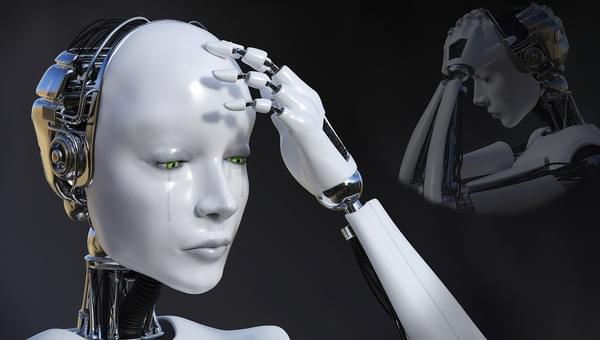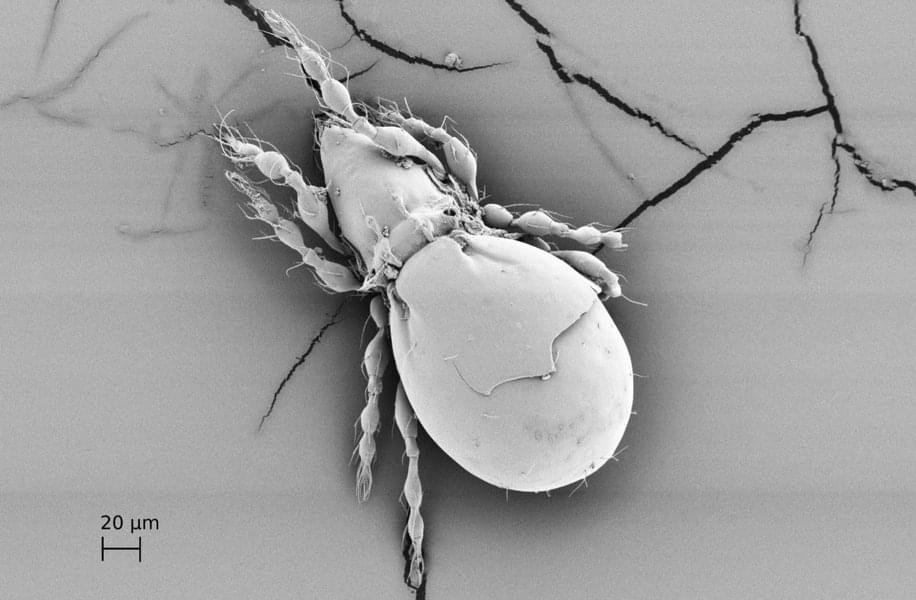In preparation for his journey, Stibbe was asked to choose personal items he would like to take with him into space. What he chose: A 3D-scale model of the Japanese Peace Bell.



What is your take on this Chris Smedley?
Please be sensitive to any artificial intelligence you encounter today. A UK appeals court just ruled that AI systems cannot submit or hold patents, as software is not human and therefore lacks human rights. Several courtrooms around the world have come to the same conclusion, despite the efforts of a very enthusiastic inventor.
Dr. Stephen Thaler has repeatedly filed patents on behalf of his AI, called DABUS. He claims that this AI should be credited for the inventions that it’s helped to produce. But patent offices disagree. After Dr. Thaler refused to resubmit his patents under a real name, the UK Intellectual Property Office pulled him from the registration process.
Our friend Dr. Thaler responded by taking the Intellectual Property Office to court. And predictably, the body rejected his case. So Dr. Thaler made an appeal, and again, he lost.


Researchers have discovered how an ancient species of beetle has survived without having sex.
The Oppiella nova is a species of all female “ancient asexual” beetle mites, according to a press release from the University of Cologne. For years, scientists have struggled to figure out how exactly the creatures reproduce and survive despite not having sex. At one point, they hypothesized that the beetle mites occasionally produce a reproductive male by accident (a la “Jurassic Park”).
Now, they have cracked the elusive puzzle: the beetles can create clones of itself.


Circa 2008
A theoretical study proposes that magnetic monopoles may appear not as elementary but as emergent particles in complex, strongly-correlated magnetic systems such as spin ice, in analogy to fractional electric charges in quantum Hall systems. This theory explains a mysterious phase transition in spin ice that has been observed experimentally.

Circa 2012
Faraday and Dirac constructed magnetic monopoles using the practical and mathematical tools available to them. Now physicists have engineered effective monopoles by combining modern optics with nanotechnology. Part matter and part light, these magnetic monopoles travel at unprecedented speeds.
In classical physics (as every student should know) there are no sources or sinks of magnetic field, and hence no magnetic monopoles. Even so, a tight bundle of magnetic flux — such as that created by a long string of magnetic dipoles — has an apparent source or sink at its end. If we map the lines of force with a plotting compass, we think we see a magnetic monopole as our compass cannot enter the region of dense flux. In 1,821 Michael Faraday constructed an effective monopole of this sort by floating a long thin bar magnet upright in a bowl of mercury, with the lower end tethered and the upper end free to move like a monopole in the horizontal plane.
A new video upload. Why the story of Asimov’s Foundation is relevant today.
Can our civilization collapse?
Apple TV has released a new TV series, Foundation, based on Asimov’s book series by the same name.
The story tell about civilization collapse and how scientists who’d predicted the fall can help to soften the fall.
In this video we will review how this story can be relevant to our civilization right here Earth. And what some foundations and organization are doing about it.
Five years ago, Elon Musk unveiled his vision for getting us all to Mars.

Samsung thinks it has a better way to develop brain-like chips: borrow existing brain structures. The tech firm has proposed a method that would “copy and paste” a brain’s neuron wiring map to 3D neuromorphic chips. The approach would rely on a nanoelectrode array that enters a large volumes of neurons to record both where the neurons connect and the strength of those connections. You could copy that data and ‘paste’ it to a 3D network of solid-state memory, whether it’s off-the-shelf flash storage or cutting-edge memory like resistive RAM.
Each memory unit would have a conductance that reflects the strength of each neuron connection in the map. The result would be an effective return to “reverse engineering the brain” like scientists originally wanted, Samsung said.
The move could serve as a ‘shortcut’ to artificial intelligence systems that behave like real brains, including the flexibility to learn new concepts and adapt to changing conditions. You might even see fully autonomous machines with true cognition, according to the researchers.